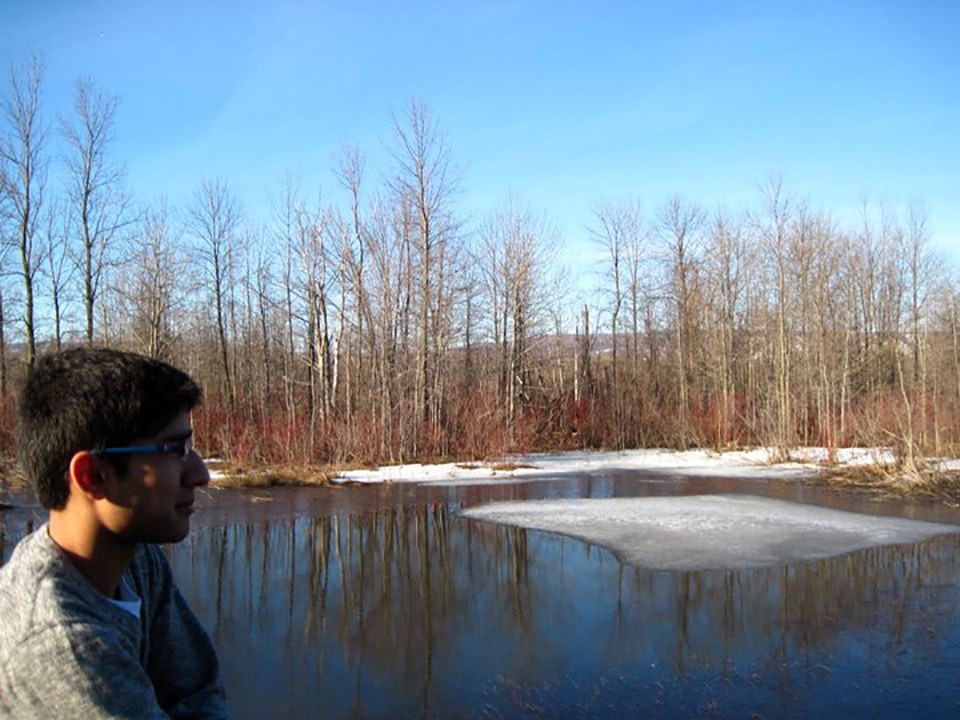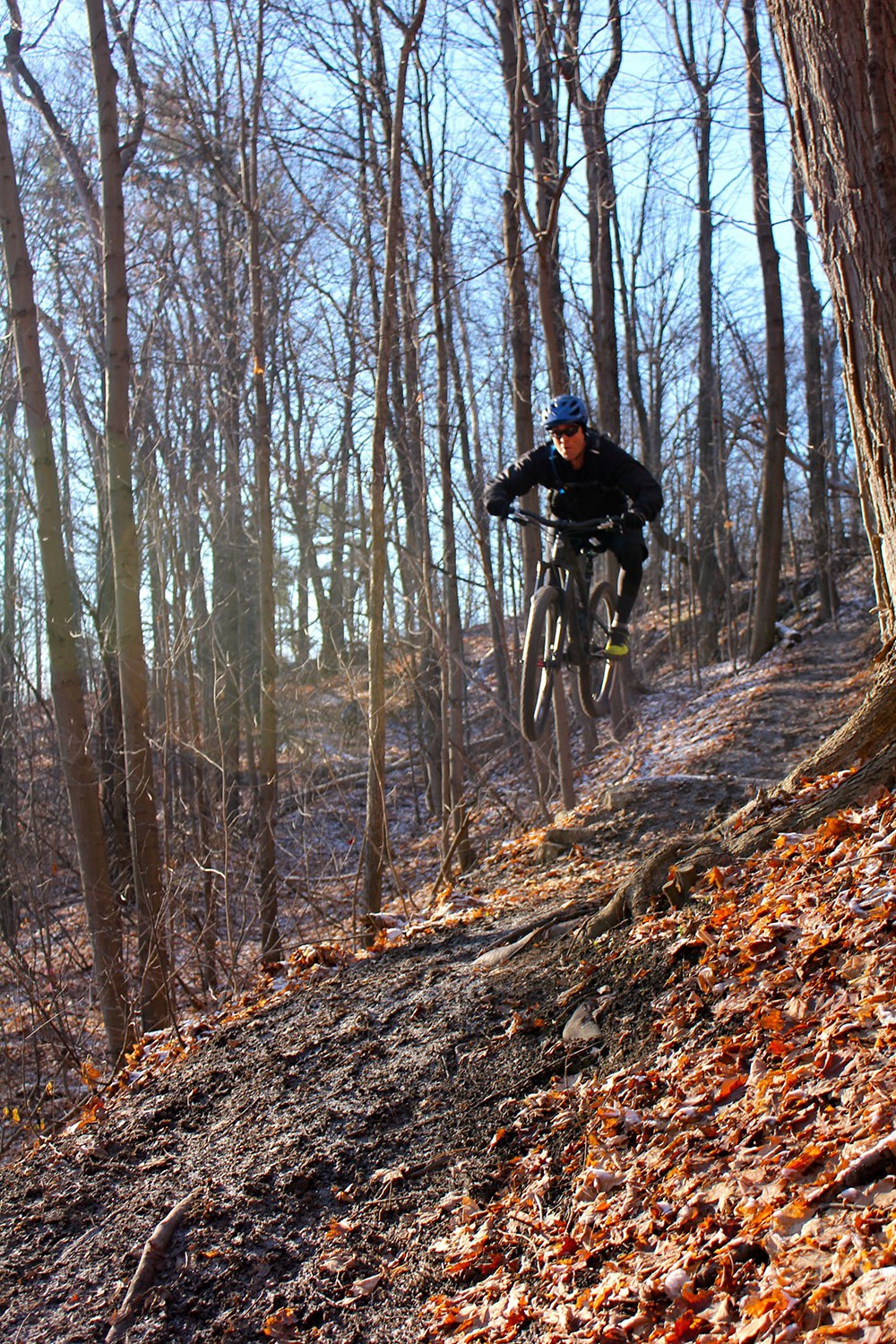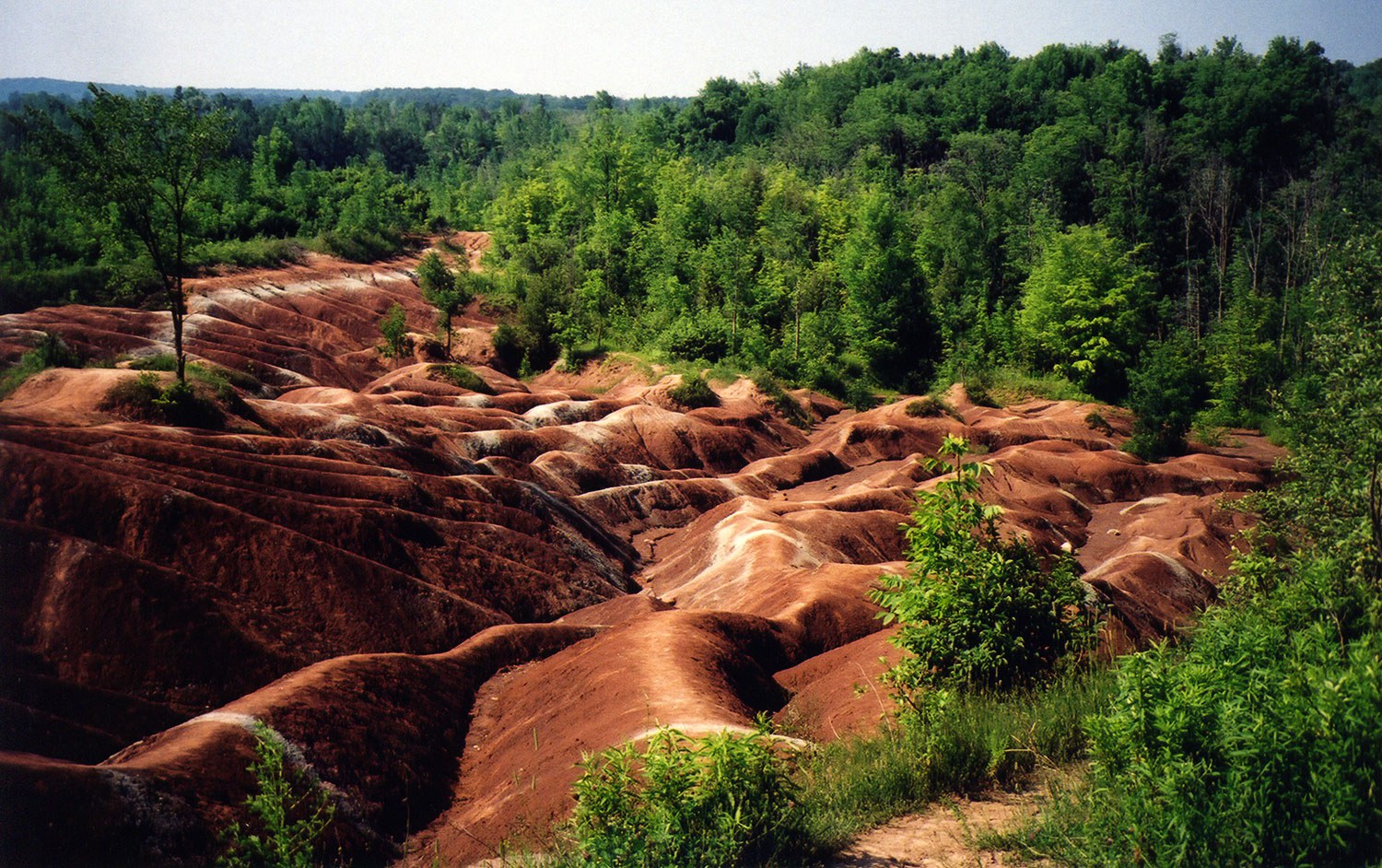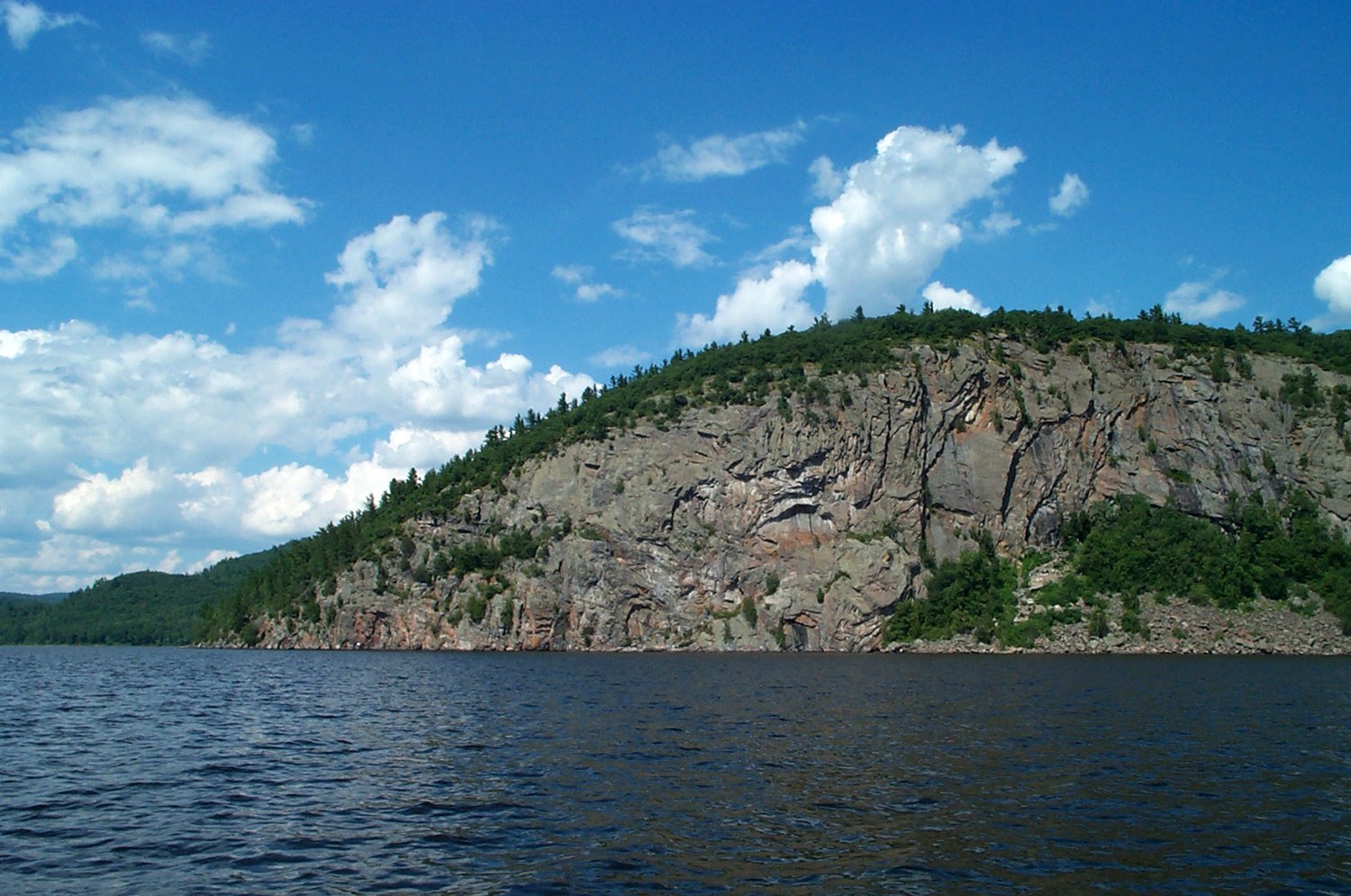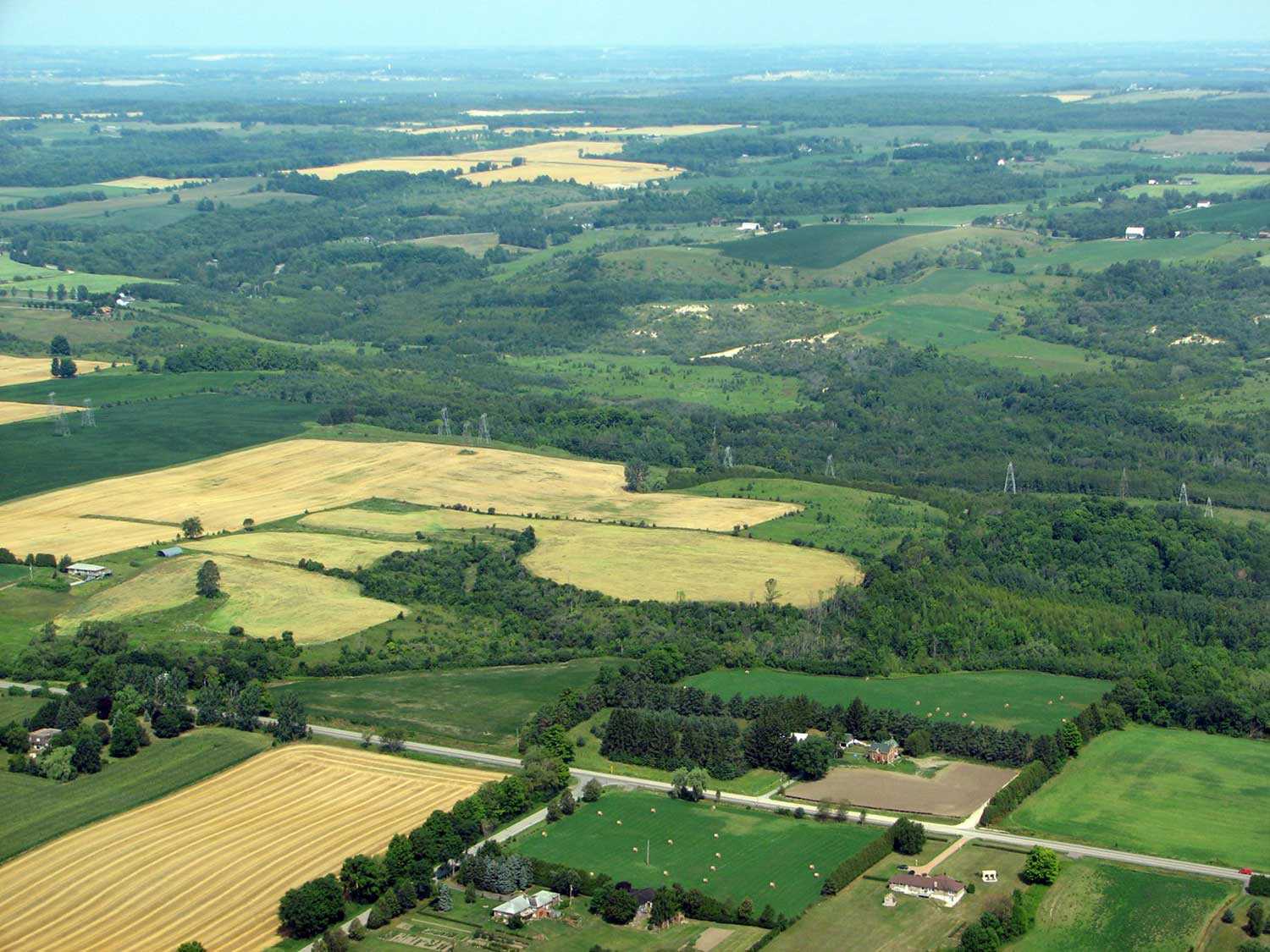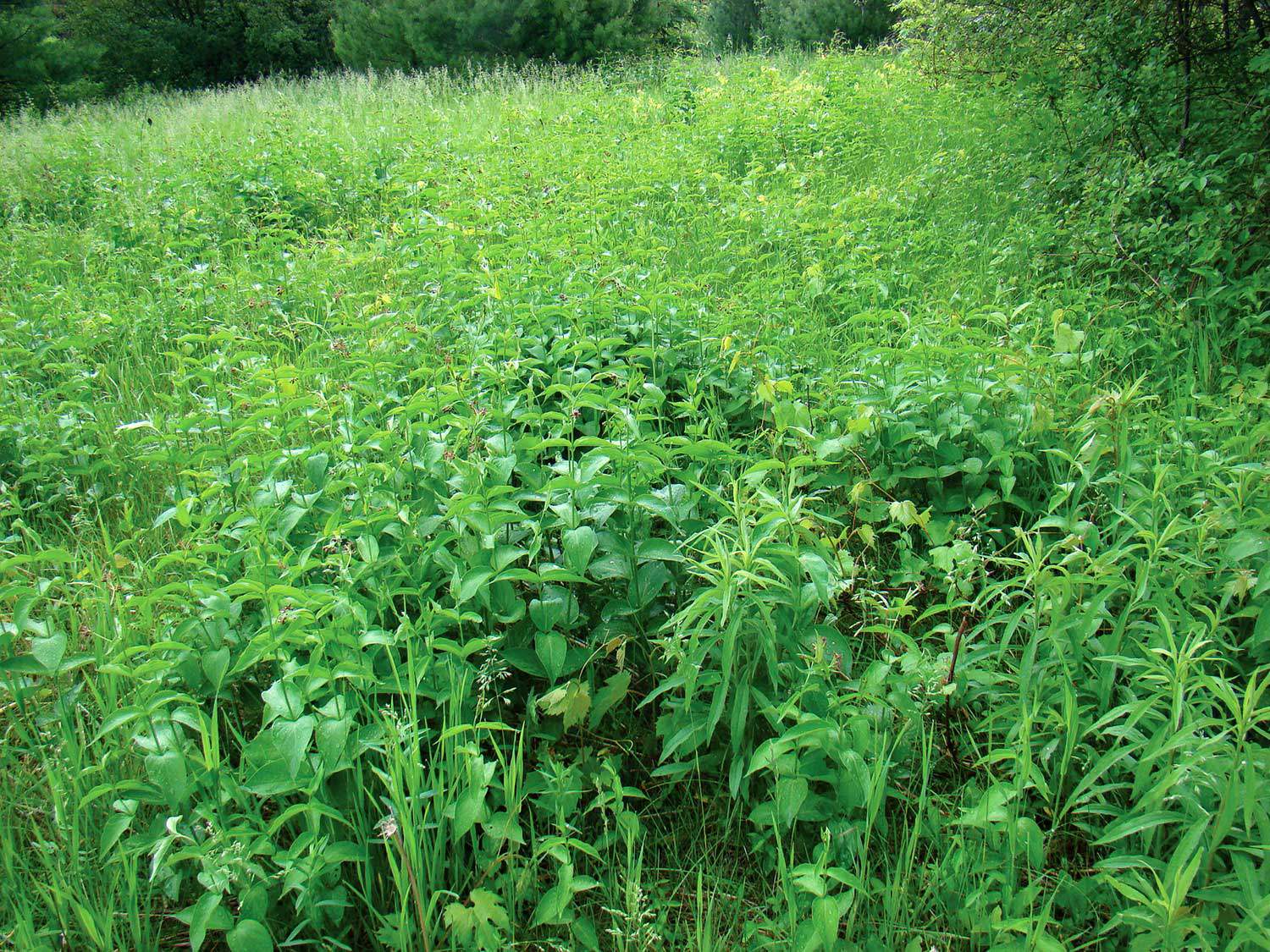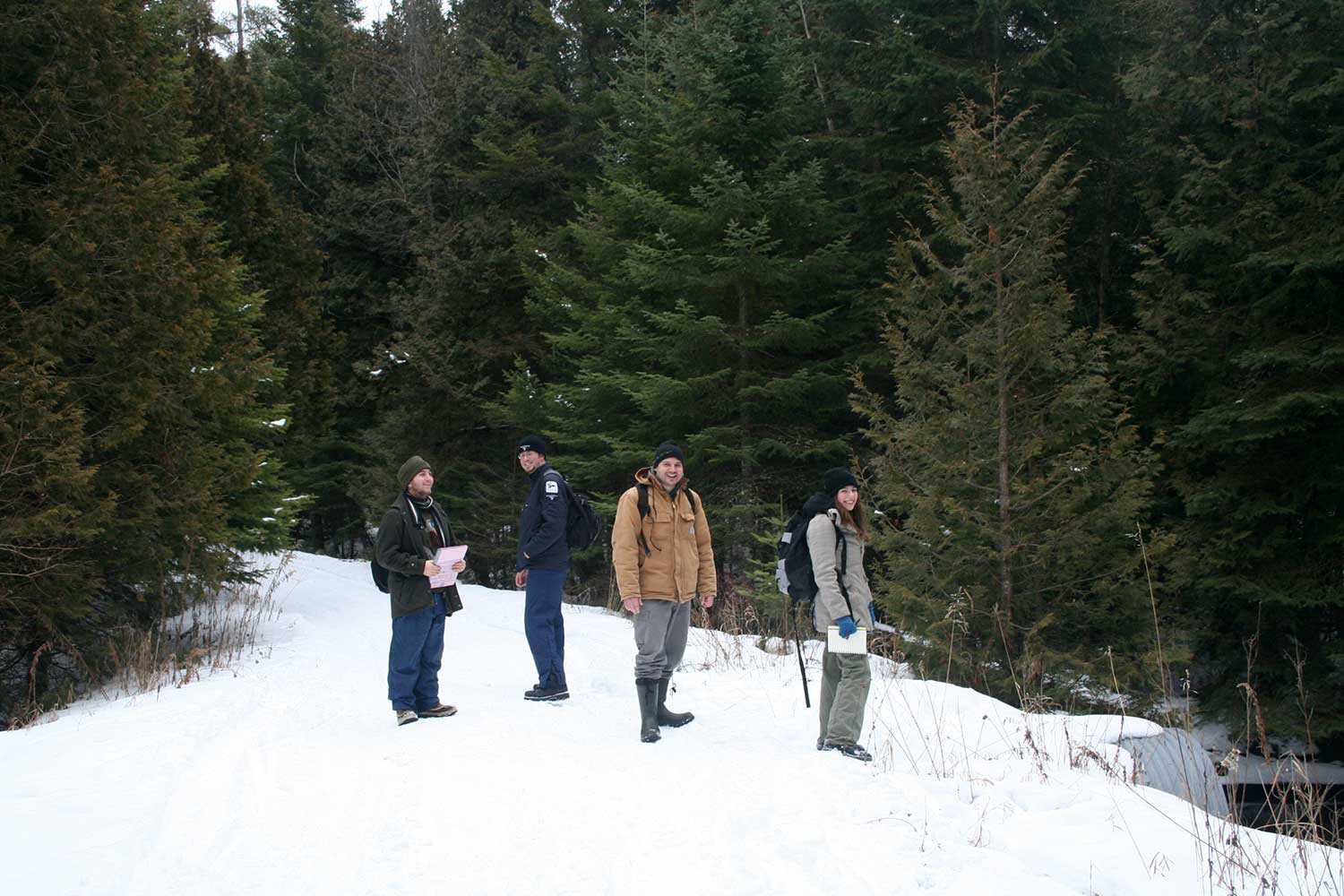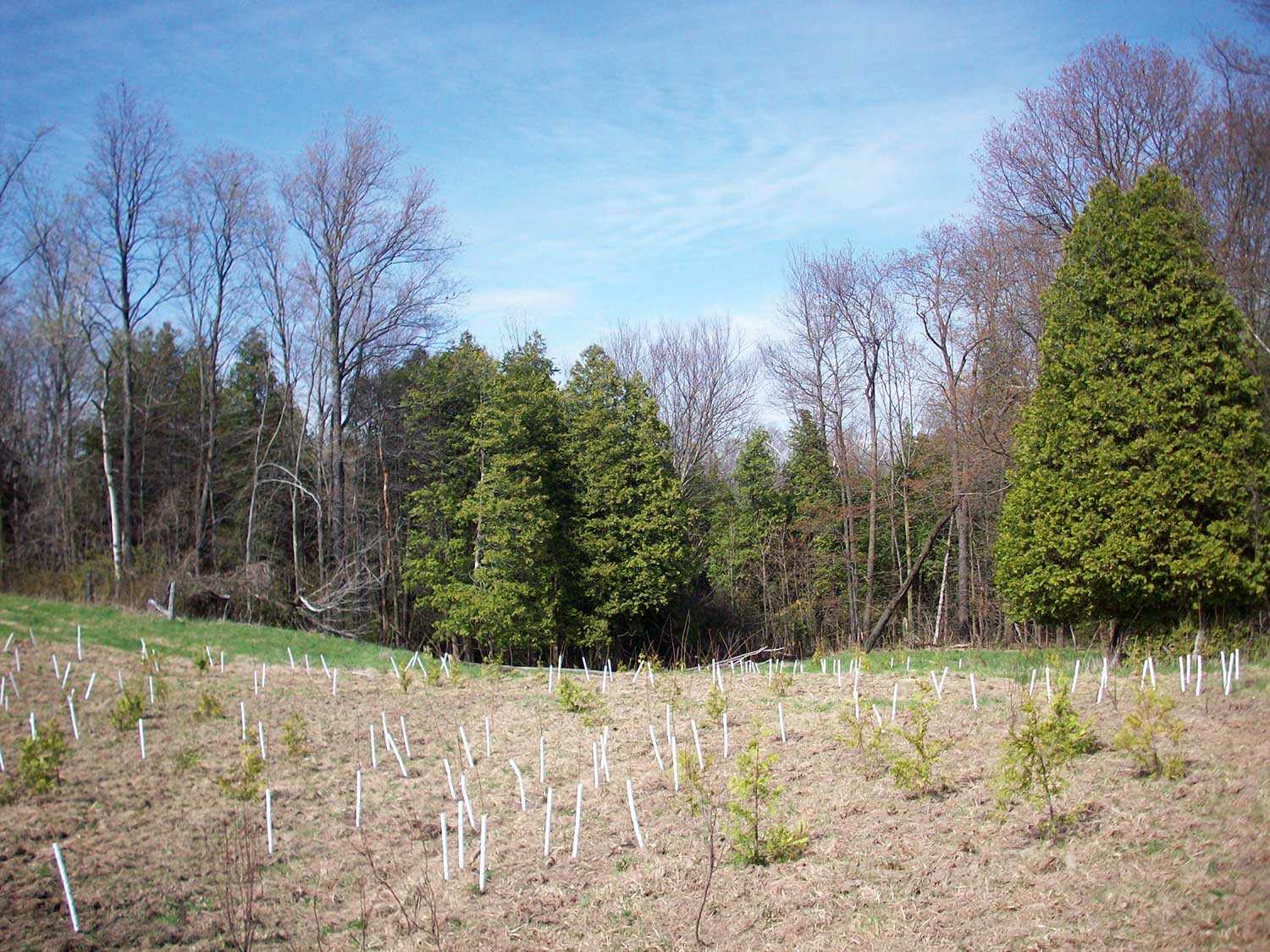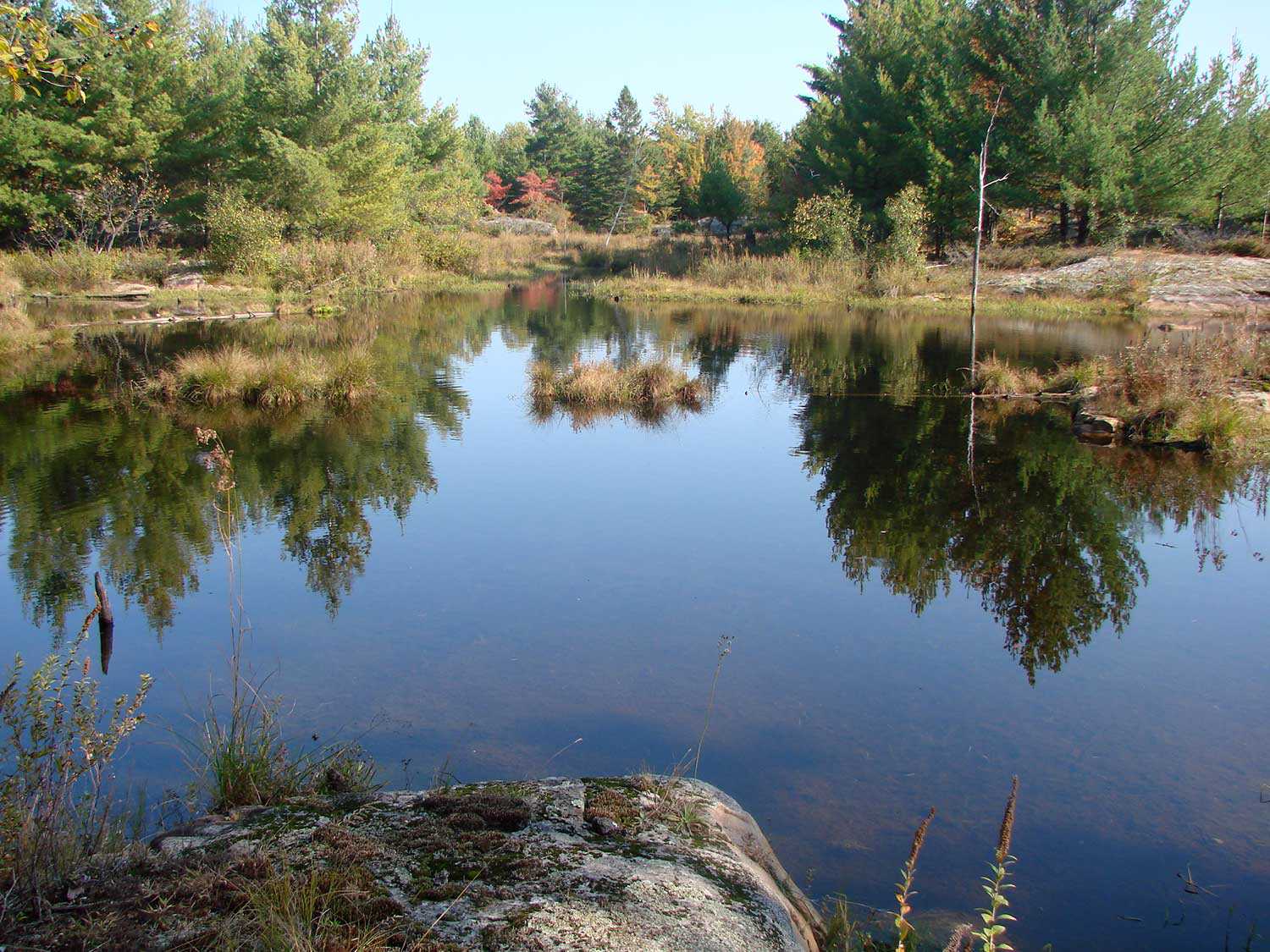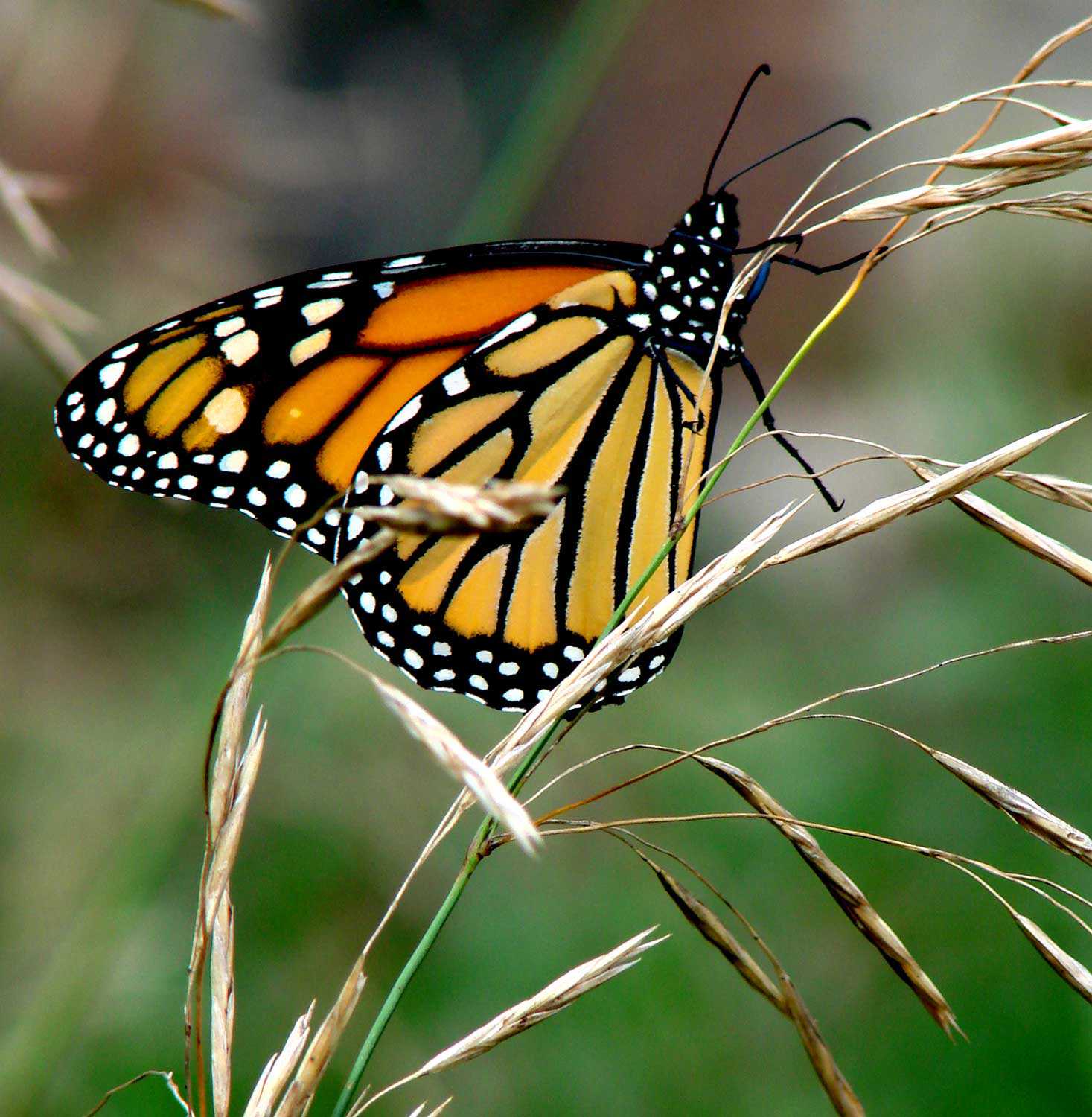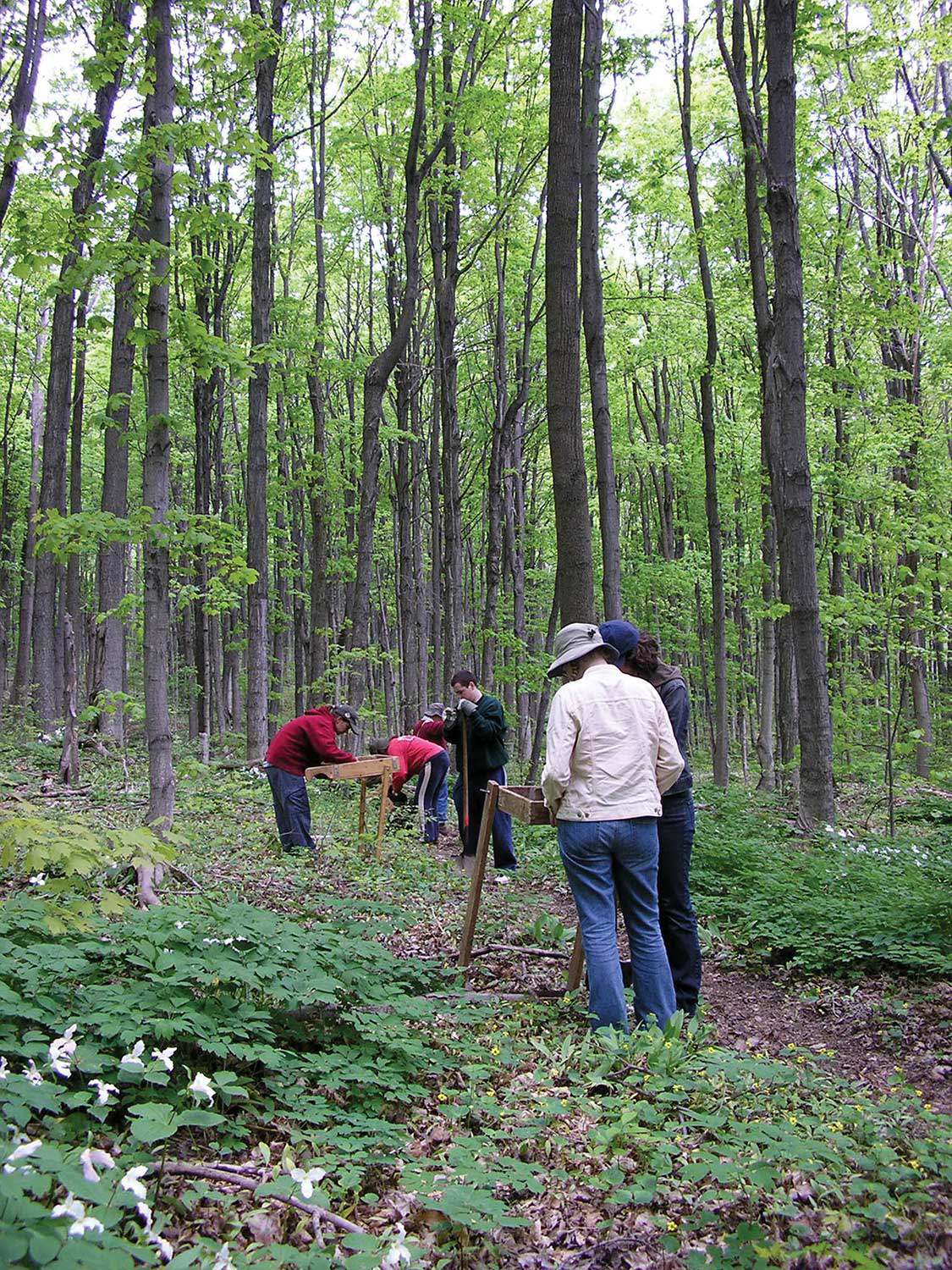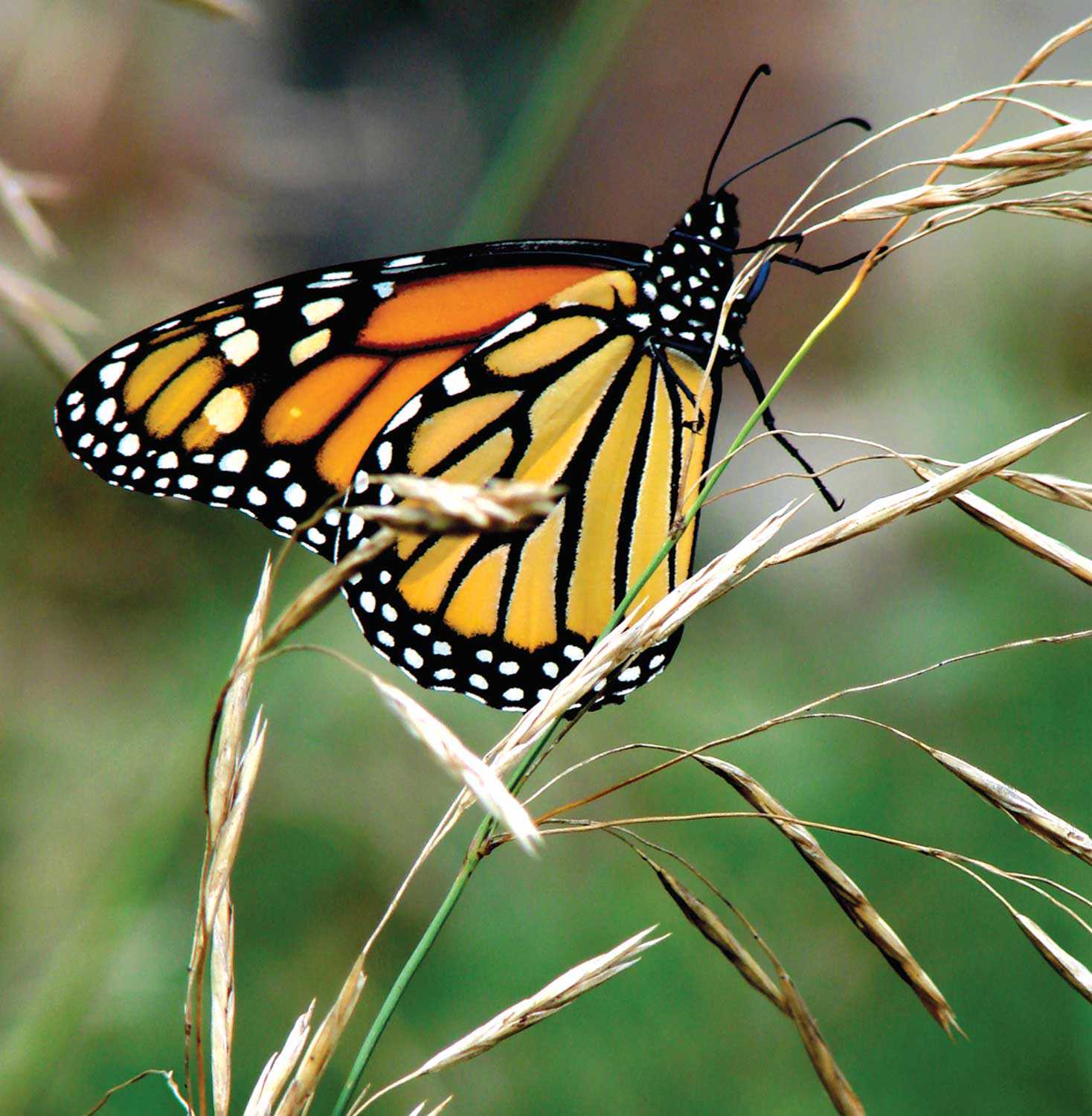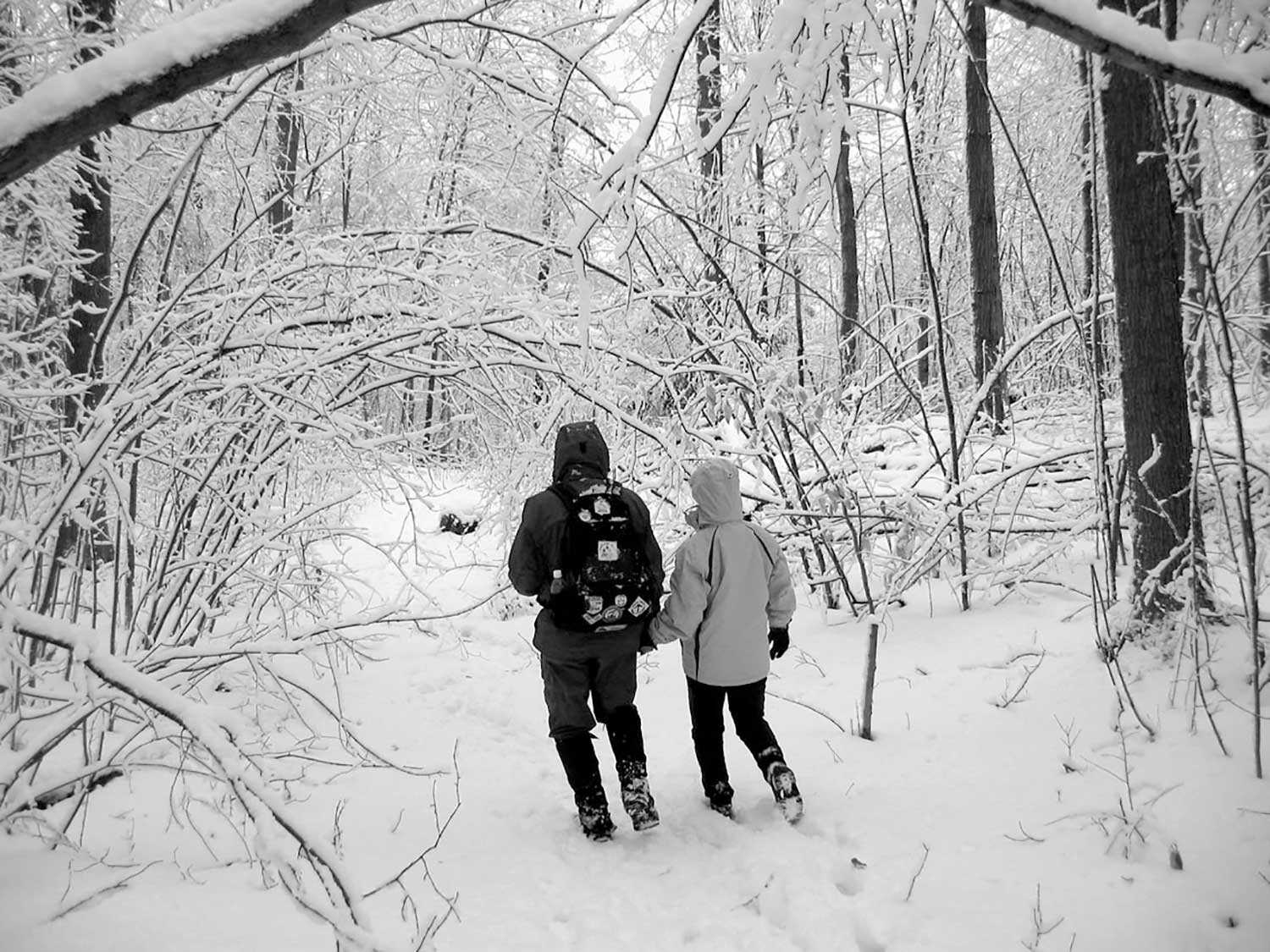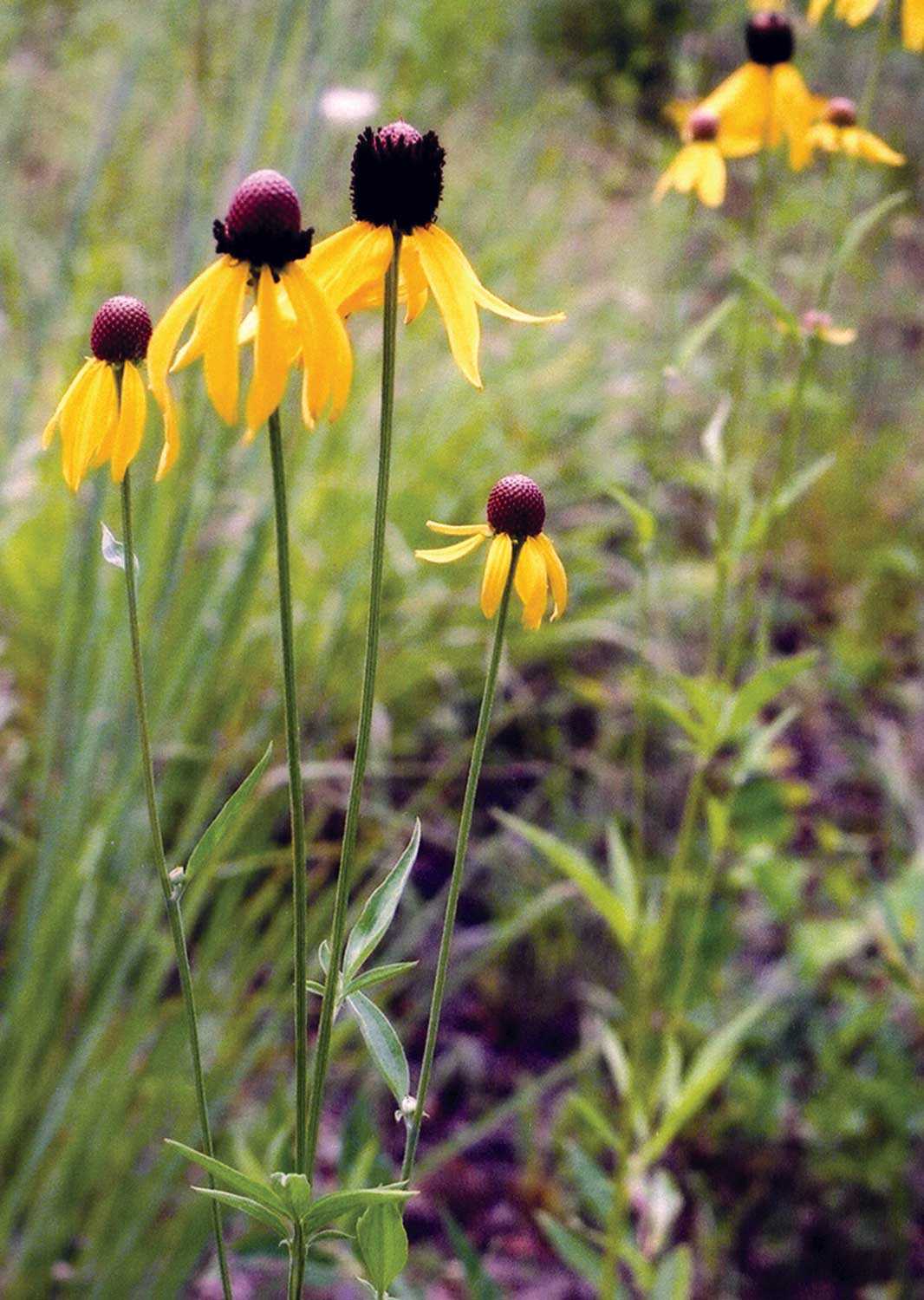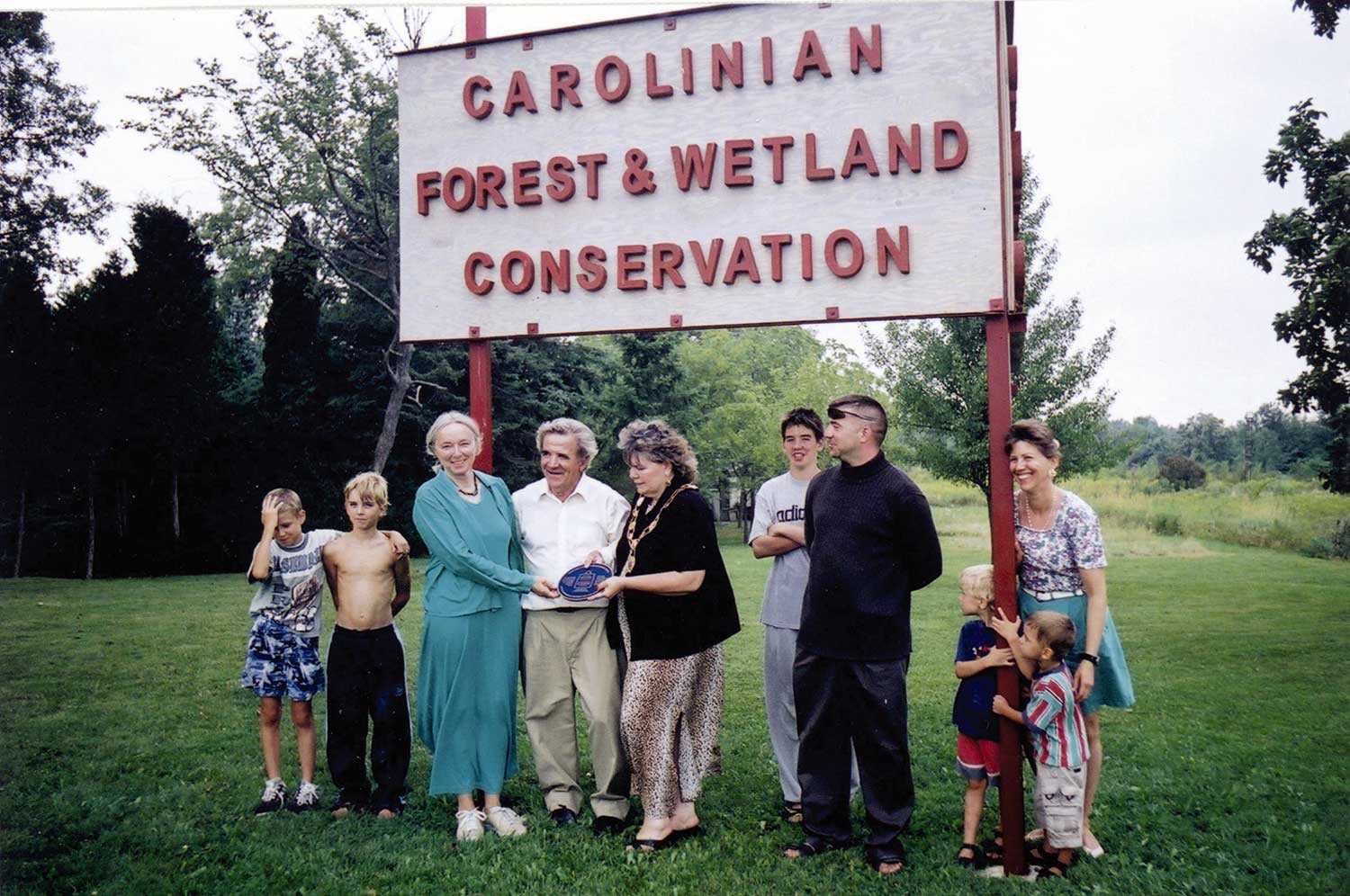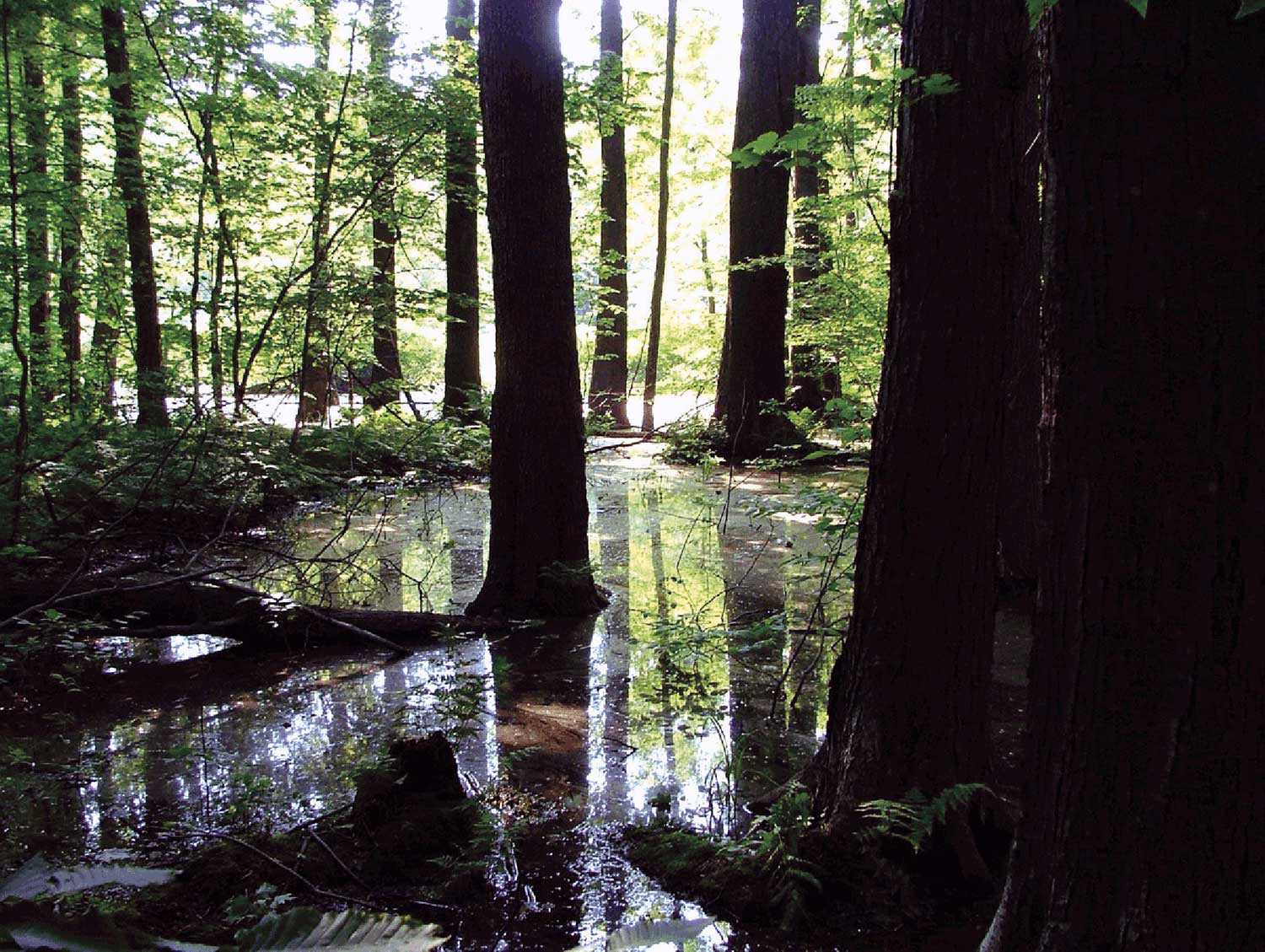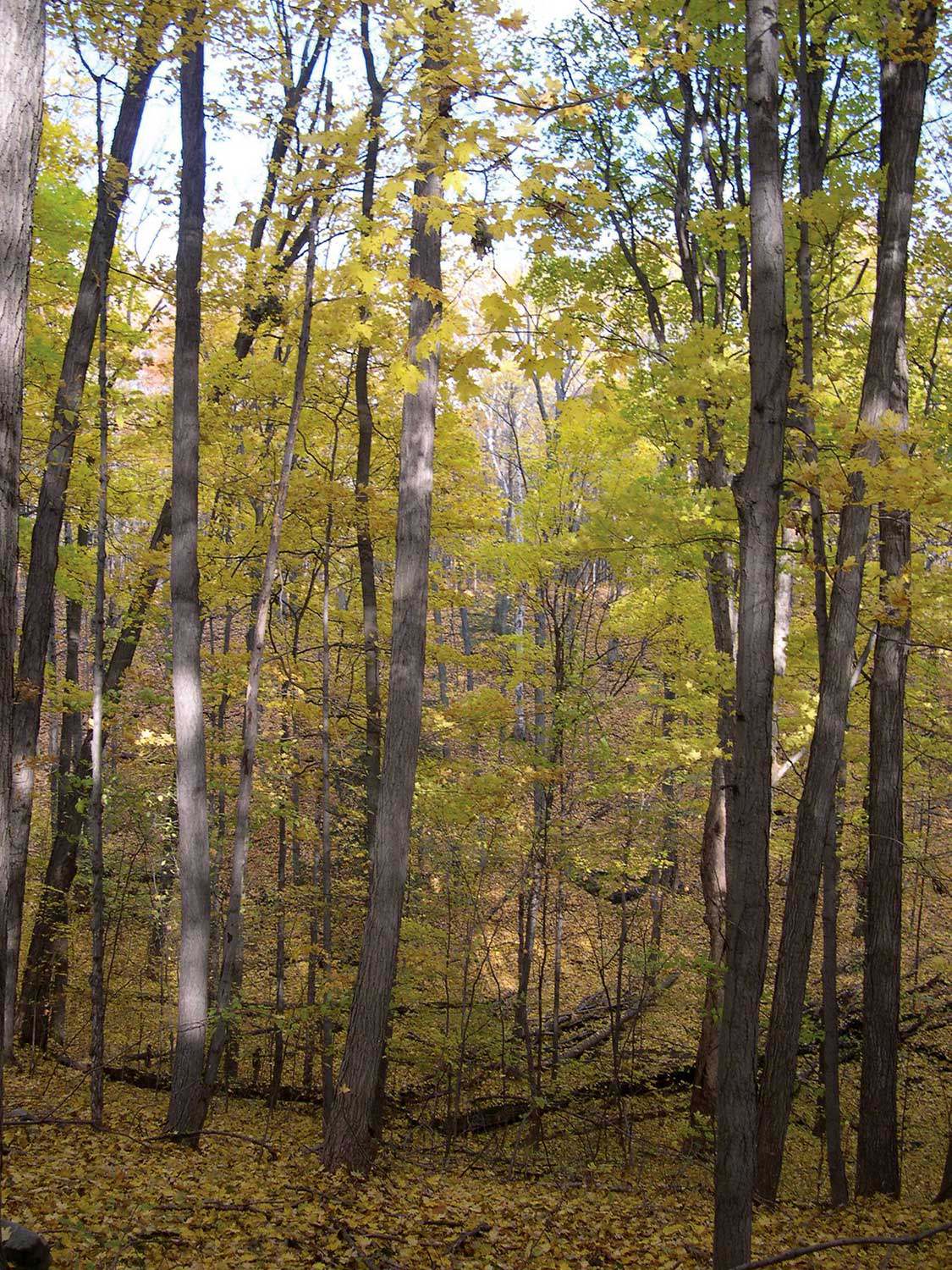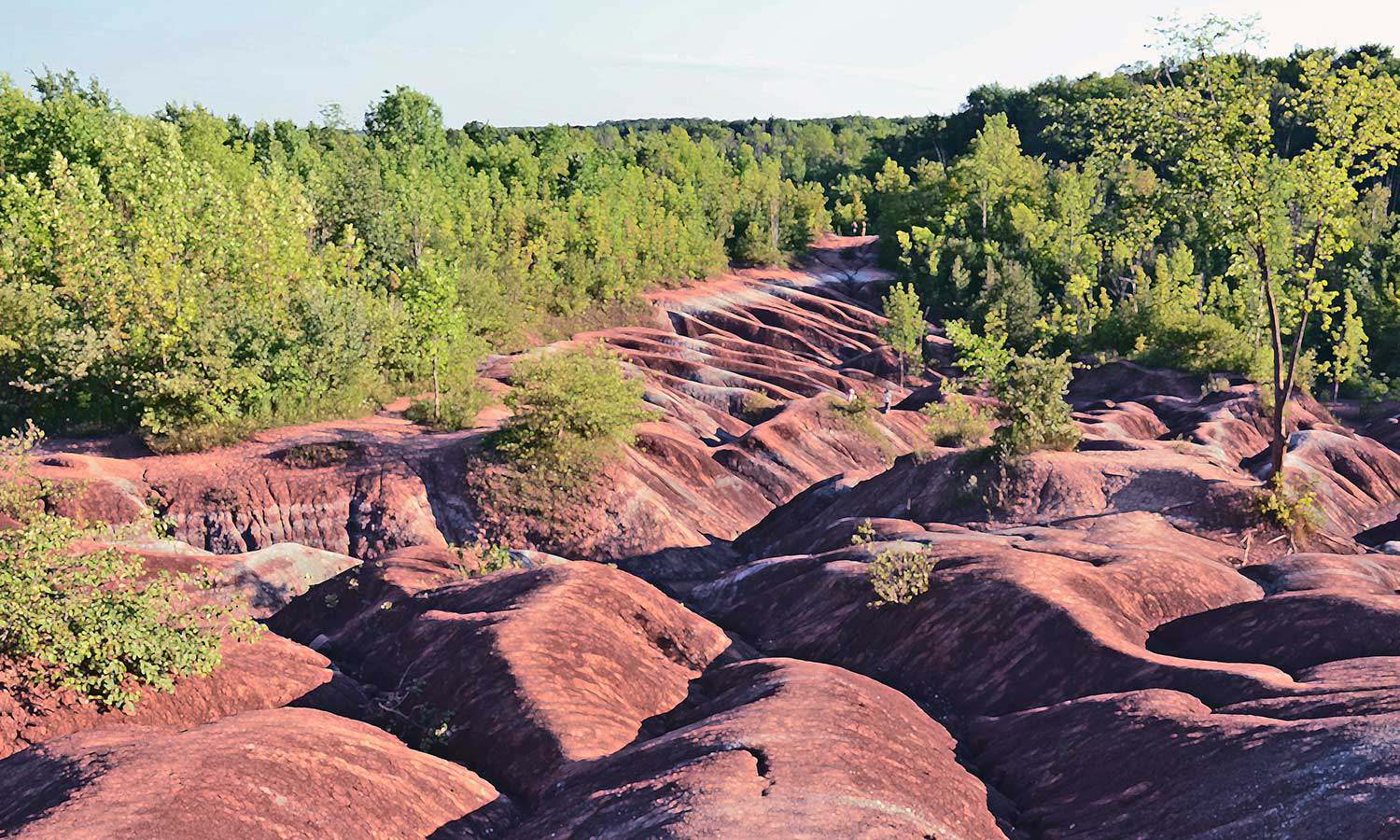

Browse by category
- Adaptive reuse
- Archaeology
- Arts and creativity
- Black heritage
- Buildings and architecture
- Communication
- Community
- Cultural landscapes
- Cultural objects
- Design
- Economics of heritage
- Environment
- Expanding the narrative
- Food
- Francophone heritage
- Indigenous heritage
- Intangible heritage
- Medical heritage
- Military heritage
- MyOntario
- Natural heritage
- Sport heritage
- Tools for conservation
- Women's heritage
Saving biodiversity, one property at a time


"The Alexander Hope Smith property was acquired by the Trust through a partnership with Couchiching Conservancy, the Township of Severn and a partial donation, partial sale by Stan Hope Smith of Washago under the NSLASP. Of exquisite beauty and high biodiversity, the property is stewarded by the Couchiching Conservancy."
What do wetlands and forest nesting sites for northern goshawks in eastern Ontario have in common with south-central Ontario cold-water streams harbouring brook trout and redside dace? They are among the many sites rich in biodiversity that have been conserved under the Natural Spaces Land Acquisition and Stewardship Program (NSLASP), administered by the Ontario Heritage Trust.
Since the program’s launch in 2006, approximately 2,624 acres (1,062 hectares) have been acquired, and the securement of hundreds more acres is pending. To date, the Trust and its program partners have secured the protection of 31 natural heritage properties. Many of the protected properties form important components of provincially significant Areas of Natural and Scientific Interest (ANSI) or Environmentally Significant Areas (ESA), including: Carp Hills, the Uxbridge Glen Major Forest, Forks of the Credit, Spottiswood Lakes, the Newington Bog and the Beaverton River Wetlands. Some are located on the Niagara Escarpment, including portions of the Bruce Trail. Others, such as the Enniskillen Valleylands, are located on the Oak Ridges Moraine. These areas in Ontario are a refuge for rare flora and fauna or species at risk. Some NSLASP properties connect remaining important natural areas and act as wildlife corridors and foraging areas, which enhances the long-term survival of the species.
The Trust has partnered with many of Ontario’s conservation authorities, including: Grand River Conservation Authority, Toronto Region Conservation Authority, Lake Simcoe Region Conservation Authority, Central Lake Ontario Conservation Authority, South Nation Conservation, Raisin Region Conservation, and Credit Valley Conservation. As well, land trusts such as the Couchiching Conservancy and the Bruce Trail Conservancy have benefited from the Ontario Heritage Trust NSLASP program. Municipal partners to date include the City of Ottawa. The Trust hopes to expand on these partnerships to protect even more natural lands for an even brighter future in Ontario.

